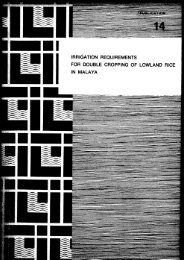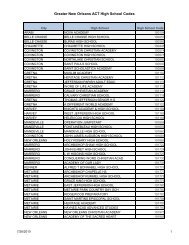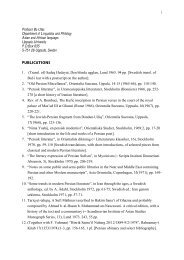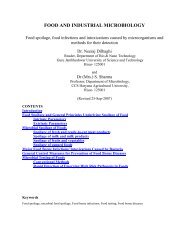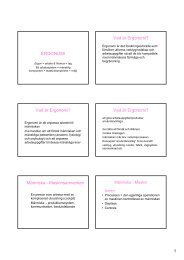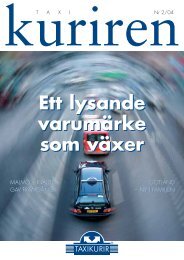On the Future of Indigenous Traditions - Munin
On the Future of Indigenous Traditions - Munin
On the Future of Indigenous Traditions - Munin
You also want an ePaper? Increase the reach of your titles
YUMPU automatically turns print PDFs into web optimized ePapers that Google loves.
and changed if <strong>the</strong>re was a need. 86 Moreover, <strong>the</strong>ir social and political associations<br />
manifested in <strong>the</strong>ir customary system is not exclusive to one Adivasis language or<br />
ethnic group alone, but several – Santhals, Munda, Ho, Urons and Kharias. In addition<br />
<strong>the</strong>y have accommodated <strong>the</strong> non-Adivasis social groups as well who have lived with<br />
<strong>the</strong>m as a part <strong>of</strong> <strong>the</strong>ir community in <strong>the</strong> recent past so long as <strong>the</strong>y respected <strong>the</strong>ir<br />
social codes.<br />
3.2.1. The Adivasis notion <strong>of</strong> political association before and<br />
during colonialism<br />
The literature dealing with political system <strong>of</strong> Adivasis reveal that administration in<br />
“tribal societies” was managed through political institutions like <strong>the</strong> Council <strong>of</strong><br />
Elders, Village Panchayat, (Panchayat meaning councils) Village Head, Inter Village<br />
Panchayats, and Adivasi Chiefs. Accordingly, it is concluded that traditional Adivasi<br />
administration was “simple and democratic”. 87 As said earlier, in <strong>the</strong>ir book Tribal<br />
Development in India (a critical appraisal) 2003, Upadhyay and Pandey states that,<br />
with <strong>the</strong> “details available”, it “highlight that our tribal brethren were <strong>the</strong> original<br />
inhabitants <strong>of</strong> <strong>the</strong> land <strong>of</strong> Bharatvasha.” 88 While this textbook gives a basic overview<br />
<strong>of</strong> political and legislative developments, on this <strong>the</strong>me it fur<strong>the</strong>r reads,<br />
“They (Adivasis – called here as <strong>the</strong> ‘tribes’) claimed <strong>the</strong> virgin forests and<br />
converted <strong>the</strong>m into cultivatable lands <strong>of</strong> our country. There was a time when <strong>the</strong>y<br />
possessed entire forest and land <strong>of</strong> our country… but <strong>the</strong>y were driven towards hills<br />
and forested areas by non-tribals who came to settle here from foreign countries and<br />
laid <strong>the</strong> foundation <strong>of</strong> Aryan civilization and Hindu religion…<strong>the</strong>y have excessive<br />
love for <strong>the</strong>ir land… have <strong>the</strong>ir own traditional political and administrative system to<br />
control <strong>the</strong> society, forest and land…” 89<br />
However, before coming to <strong>the</strong> post – colonial time administration, very briefly it<br />
should be observed that <strong>the</strong>se authors’ phrases <strong>the</strong> continuation <strong>of</strong> <strong>the</strong> traditional<br />
86<br />
Jagdish Chandra Jha, The Tribal Revolt <strong>of</strong> Chotanagpur (1831-1832) (Patna: K. P. Jayaswal<br />
Research Institute, 1987), 32-33.<br />
87<br />
, V.S. Upadhyay and Gaya Pandey, Tribal Development in India (A Critical Appraisal) (Ranchi:<br />
Crown Publications, 2003), 31.<br />
88<br />
Indian sub-continent in <strong>the</strong> early AD was referred to as Bharatversha.<br />
89<br />
V.S. Upadhyay and Gaya Pandey, Tribal Development in India (A Critical Appraisal) op. cit.<br />
60





